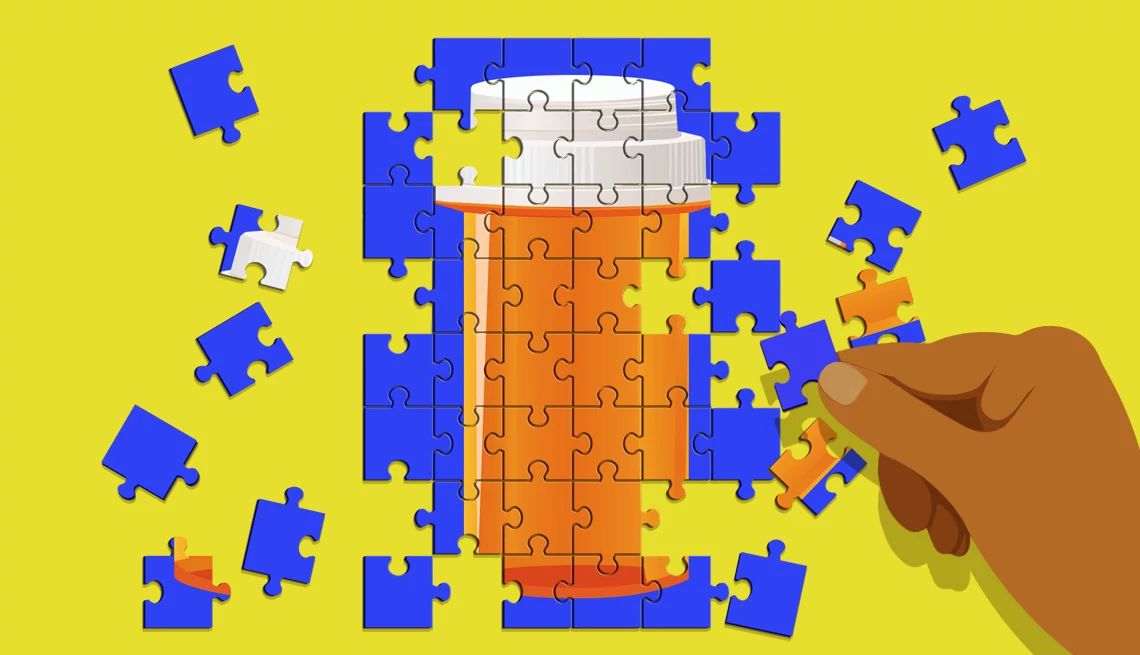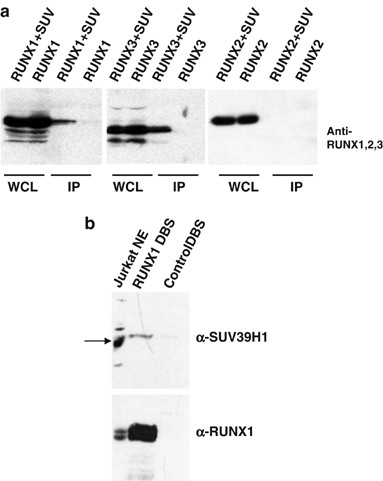
- Select a language for the TTS:
- UK English Female
- UK English Male
- US English Female
- US English Male
- Australian Female
- Australian Male
- Language selected: (auto detect) - EN
Play all audios:
Medicaid and the related Children’s Health Insurance Program (CHIP) may be known for their safety-net coverage of expectant mothers and young children, yet the joint federal-state program
also provides health care for more than 17 million people age 50 and older on limited incomes, including some on Medicare. For some of those older Americans, Medicaid coverage may be in
jeopardy. States have the power to craft their Medicaid programs and some of the benefits they offer, but the federal government determines the general rules for the program. Some of those
rules may change under new legislation now going through Congress called the One Big Beautiful Bill Act, and older adults may be among those most affected. Medicaid began in 1965 at the same
time Medicare was signed into law. It has been expanded in various ways through the years, most notably in 1997 when federal matching money for states was provided to help children in
families with limited incomes but above the level to qualify for Medicaid. That’s CHIP. This year about 48 percent of Medicaid and CHIP beneficiaries are children. And in 2023, about 39
percent of children 18 and younger nationwide received health coverage through Medicaid or CHIP. In 2014, the Affordable Care Act offered states federal matching money if they expanded
Medicaid to people younger than 65 who earn slightly more than the federal poverty level. A PERSON CAN BECOME ELIGIBLE IN SEVERAL WAYS Medicaid has several pathways to eligibility. Income is
one: Your modified adjusted gross income is used to determine if your household earnings are low enough to qualify based on the federal poverty level. If you’re 65 or older or have a
disability, you’re eligible for Medicaid if you have limited resources and receive Supplemental Security Income (SSI), a safety-net program for an individual with income of $967 or less a
month in 2025. You’ll also qualify if you’re eligible for one of four Medicare Savings Programs, which provide Medicaid coverage for out-of-pocket Medicare expenses. To qualify in 2025,
limits on income for an individual are $1,325 to $5,302 a month, depending on the program, and an individual’s financial resources, such as bank and investment accounts, need to be $4,000 to
$9,660 or less, although some states differ on what they count as income and resources. The program with the lowest income eligibility level covers almost all Medicare costs; the highest
covers only Medicare premiums. To qualify for Medicaid help for long-term care, you must have few or no assets other than your home and need a nursing-home level of care. That generally
means you need hands-on help with basic daily tasks, such as bathing, dressing, eating or going to the bathroom. Often assistance with two or more of these activities is required. States
may offer additional options. For example, some states offer Medicaid to “medically needy” individuals whose incomes are too high to qualify for Medicaid using other criteria. The expansion
of Medicaid in 2014 allowed states to offer Medicaid to adults with incomes up to 138 percent of the federal poverty level, $21,597 for an individual in 2025. The District of Columbia and
all but 10 states offer the expanded coverage. DUAL COVERAGE HELPS MEDICARE BENEFICIARIES More than 15 percent of Medicaid recipients are what’s known as “dually eligible.” They qualify for
both Medicaid and Medicare. “What a lot of people don’t understand is that Medicare is not going to pay for things like long-term care,” says Carrie Graham, executive director of the
Medicare Policy Initiative at Georgetown University’s Center on Health Insurance Reform. “Medicare beneficiaries have to pay out of pocket if they need someone to come help them with
bathing, dressing or eating, and that is very, very expensive.” 9.2 million, adults 50 to 64 enrolled in Medicaid 8.2 million, adults 65 and older who have both Medicare and Medicaid
Medicaid, the nation’s largest payer for long-term care services, covers 60 percent of all nursing home residents. Many are the oldest and most frail adults on Medicare. For dual eligibles,
Medicaid through the Medicare Savings Programs helps with the cost-sharing and out-of-pocket expenses that Medicare recipients must pay. Medicare Part B premiums alone can cost more than
$2,000 a year. While almost two-thirds of the dual eligibles are 65 and older, 36 percent are younger. Some of those younger have had lifelong disabilities. Others had to leave the workforce
because they became disabled, qualifying for Medicare after receiving 24 months of Social Security Disability Insurance (SSDI) payments. When someone has both Medicare and Medicaid,
Medicare is the primary payer for medical and acute care. Medicaid then kicks in to help with premiums and sometimes other supplemental benefits that Medicare does not cover, such as vision
and dental benefits and money for long-term care. The Medicaid payments can provide significant financial relief.







